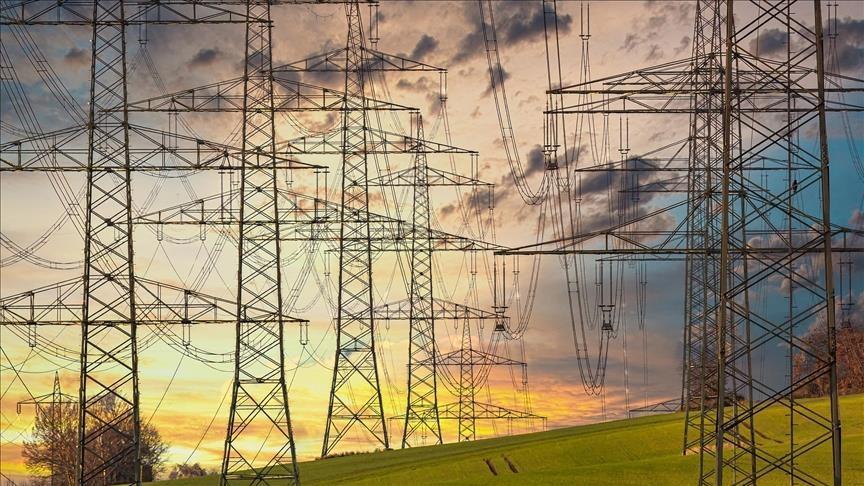

By Anadolu Agency
Global electricity demand this year is forecast to slow down from economic weakness and high prices, with a corresponding fall in carbon dioxide (CO2) emissions, according to the International Energy Agency’s (IEA) Electricity Market Report on Wednesday.
Electricity demand is expected to grow by a moderate 2.4% this year, in line with the average rate over the five years prior to the COVID-19 pandemic although lower than the 6% last year, with CO2 emissions from electricity sector dropping from an all-time high due to a slower demand, the report revealed.
Despite slower electricity demand growth worldwide, renewable power generation is increasing. Strong capacity additions are set to push up global renewable power generation by more than 10% in 2022, displacing fossil fuel generation to some extent.
Nuclear power generation is estimated to decline by 3% but low-carbon electricity generation is set to rise by 7% overall, leading to a 1% drop in total fossil fuel-based generation.
As a result, CO2 emissions from the global electricity sector are set to decline this year from the all-time high reached in 2021, albeit by less than 1%, the IEA said.
The slight decrease in CO2 emissions comes amid the energy crisis in the world and particularly in Europe where coal use is on the rise due to gas supply issues from Russia to the continent.
Due to high gas prices and supply constraints, coal is replacing natural gas for power generation in markets with spare coal plant capacity, particularly in European countries seeking to end their reliance on Russian gas imports. To secure energy supplies following Russia’s invasion of Ukraine, some European countries have delayed coal phase-out plans and lifted previously imposed restrictions on coal.
Coal use for power across the world is expected to increase slightly this year, as electricity demand growth in Europe is balanced by contractions in China due to strong renewables’ growth and only a modest rise in electricity demand in the US because of constraints on supply and coal power plant capacity, according to the report.
Gas power is expected to fall by 2.6% as declines in Europe and South America outweigh growth in North America and the Middle East.
‘In the first half of 2022, average natural gas prices in Europe were four times as high as in the same period in 2021, while coal prices were more than three times as high, resulting in wholesale electricity prices more than tripling in many markets,’ the IEA said in the report.
The IEA’s price index for major global electricity wholesale markets reached levels that were twice the first-half average of the 2016-2021 period.
‘The world is in the midst of the first truly global energy crisis, triggered by Russia’s invasion of Ukraine and the electricity sector is one of the most heavily affected,’ IEA Director of Energy Markets and Security, Keisuke Sadamori, was quoted as saying in the report.
‘This is especially evident in Europe, which is experiencing severe energy market turmoil, and in emerging and developing economies, where supply disruptions and soaring fuel prices are putting huge strains on fragile power systems and resulting in blackouts.’
Sadamori noted that governments are resorting to emergency measures to tackle the immediate challenges. He said that governments also need to focus on accelerating investment in clean energy transitions as the most effective, lasting response to the current crisis.
We use cookies on our website to give you a better experience, improve performance, and for analytics. For more information, please see our Cookie Policy By clicking “Accept” you agree to our use of cookies.
Read More